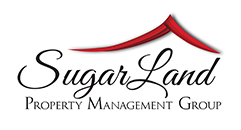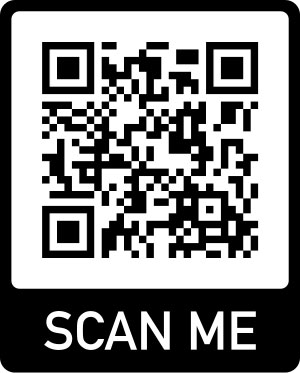The Hidden Costs of Buying a Home in Houston: What Every Agent (and Buyer) Should Know
By Market IQ: Real Estate | August 2025
While Houston’s home prices continue to rise, that’s only part of the story. Today’s buyers are facing a wave of hidden costs that can derail deals and strain even the most carefully planned budgets. As a real estate agent, it’s crucial to help clients anticipate these financial hurdles before they feel the sting of sticker shock.
🏠 Hidden Cost #1: Soaring Insurance Premiums & Property Taxes
Homeownership in Harris County isn’t just about mortgage payments. In 2023, property insurance premiums averaged $3,325—a 43% increase since 2015—with another 19% hike in 2024 alone, according to the Kinder Institute for Urban Research at Rice University and the Texas Department of Insurance (Kinder Institute, 2024).
Texas also ranks among the top states for property tax burden, with an average effective rate of 1.63% (Moneywise, 2024). These costs are significantly impacting affordability in high-demand neighborhoods such as River Oaks and Bellaire (Houston Chronicle, 2024).
Agent Tip: Help clients compare total monthly housing costs—including taxes and insurance—versus rent in comparable neighborhoods. This full picture can shift buyer perception from “I can’t afford to buy” to “this might actually work long-term.”
📑 Hidden Cost #2: Closing and Prepaid Expenses
It’s easy to focus on the down payment and forget everything else. But closing costs—which include appraisal fees, title insurance, escrow, underwriting charges, and more—can total 2–5% of the home price, and they often catch buyers off guard (LLK Law; Investopedia).
Agent Tip: Walk clients through their Loan Estimate document. Flag unnecessary “junk fees” like padded processing charges, and remind them they have the right to shop around for some services.
🛠️ Hidden Cost #3: HOA Dues, Maintenance & Utilities
Move-in-ready doesn’t mean budget-friendly. Many Houston-area homes come with homeowners association (HOA) dues ranging from $100 to $500 per month. Add in utilities and ongoing maintenance (roof repairs, HVAC tune-ups, landscaping), and buyers should expect to spend 1–2% of their home’s value per year (HomeLight; Investopedia).
Agent Tip: Include HOA dues and estimated maintenance in your affordability discussions. Suggest clients set aside at least 1% of the home’s value annually for upkeep.
🧭 What This Means for Agents
These aren’t just financial details—they’re strategic touchpoints. Buyers don’t like surprises, especially expensive ones. Flagging hidden costs early in the process positions you as a trusted advisor, not just a sales agent. In a competitive market, the agents who demystify ownership and educate their clients stand out.
📝 Quick Recap
Insurance & Taxes: High and rising—budget for them early.
Closing Costs: Often underestimated—review line by line.
HOA & Maintenance: Ongoing and unavoidable—plan ahead.
💡 Final Thought
True affordability isn’t just about the listing price. Today’s top agents are those who guide their clients through the total cost of homeownership—from day one.
📚 Sources Cited
Kinder Institute for Urban Research / Rice University: Harris County Insurance Premiums
Moneywise: Texas Insurance & Tax Costs
Houston Chronicle: Affordability in Houston Neighborhoods
LLK Law: Hidden Closing Costs
Investopedia: Mortgage Fees & Closing Costs
HomeLight: Maintenance & Ongoing Costs
Investopedia: Long-Term Costs of Ownership
📬 Market IQ: Real Estate
Data-driven insights for Houston real estate professionals.
548 Market Street PMB 72296, San Francisco, CA 94104
© 2025 Market IQ | All Rights Reserved


_3.png)
_2.png)

 (2).png)
.png)
 (1).png)
_1.png)
_1.png)
_1.png)
.png)



